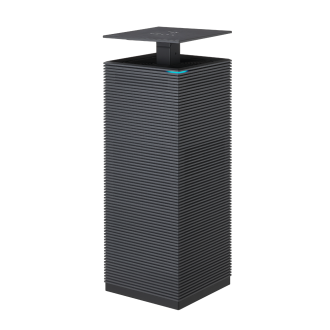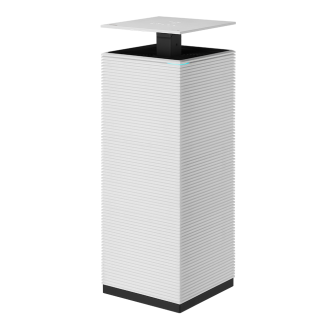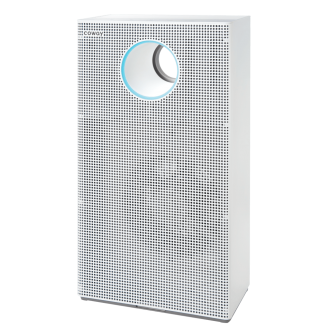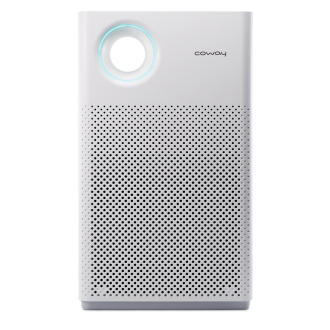In recent years, awareness has grown about a new type of
contaminant in drinking water supplies. These new contaminants, PFAS, which
stands for per-and polyfluoroalkyl substances, pose potential health risks if
consumed. This article will explore what PFAS are and how to filter them from
drinking water.
What are PFAS?
Per- and polyfluoroalkyl substances (PFAS) are a group of
synthetic chemicals widely used in industrial and commercial applications.
These chemicals are known for their resistance to heat and their ability to
repel water and oil. Therefore, these chemicals are often used in non-stick
cookware, stain-resistant fabrics, water-proof coatings, and flame retardants.
Two of the most well-known PFAS compounds are perfluorooctanoic acid (PFOA) and
perfluorooctanesulfonic acid (PFOS). Because of the strength of these
chemicals, these substances do not break down naturally and can persist in the
environment and human body, if consumed, for a long time. Because of this, PFAS
have been given the nickname “forever chemicals.”
Health Risks Associated with PFAS
Recent research has found that exposure to PFAS can have
negative health effects including:
1)
Cancer: Long-term exposure to certain PFAS
chemicals has been linked to an increased risk of developing cancer,
particularly kidney and testicular cancer.
2)
Weakened immune system: PFAS exposure may weaken
the immune system’s ability to fight off infections.
3)
Hormone imbalance: PFAS can interfere with the
endocrine system, potentially leading to hormonal imbalances.
4)
Developmental issues: Exposure to PFAS during
pregnancy may lead to low birth weight, developmental delays, and other adverse
effects in newborns.
5)
Liver and kidney damage: Some studies have
suggested a link between PFAS exposure and liver and kidney damage.
How to filter PFAS
Filtering PFAS from you drinking water is an essential step
in safeguarding your health and the health of your family. Seek these
filtration methods to address PFAS contaminants:
·
Activated Carbon Filters: Activated carbon
filters can be effective at removing some types of PFAS, though the exact
efficacy depends on the type of PFAS and the characteristics of the filter
being used. These filters work by adsorbing PFAS compounds and water passes
through the porous carbon material. When using activated carbon as a filtration
method, it is crucial to replaced the filters at the recommended filter cycles.
For more information on activated carbon filters see our article on the CommonTypes of Home Water Filters
·
Reverse osmosis: Reverse osmosis (RO) filtration
systems are highly effective at removing PFAS from drinking water. RO is
considered one of the most reliable methods for the removal of PFAS and a wide
range of other contaminants, including heavy metals, chemical contaminants,
bacteria, and viruses. Exact removal efficiency may vary based on the specific
types and concentrations of PFAS in the water, as well as the quality and
maintenance of the RO system. Regular maintenance, such as changing filters and
ensuring the membrane is in good condition, is essential for optimal
performance.
PFAS can pose dangerous risks when consumed and more adverse health effects are still being discovered. To ensure that you and your family have access to safe and clean drinking water, it’s essential to invest in an appropriate water filtration system.
Coway water filtration and dispensing systems feature activated
carbon filters as well as reverse osmosis filters to target PFAS in water. With
Coway’s Home Visit Service, filter technicians make regular visits to replace
filters and ensure the proper maintenance of the system.






















-800x350.jpg)
-1820x930.jpg)